Rope and Sphere Structural Response to Open Channel Water Flow: A Coupled CFD-FEA Analysis
$300.00 $150.00 Student Discount
- This report presents a numerical simulation study of an open channel flow interacting with a rope and sphere using the Volume of Fluid (VOF) method.
- The geometry was created in SpaceClaim, meshed in ANSYS Meshing, and the flow field was solved using ANSYS Fluent.
- The drag forces obtained from Fluent were applied to the rope and sphere geometry in ANSYS Transient Structural.
To Order Your Project or benefit from a CFD consultation, contact our experts via email (info@mr-cfd.com), online support tab, or WhatsApp at +44 7443 197273.
There are some Free Products to check our service quality.
If you want the training video in another language instead of English, ask it via info@mr-cfd.com after you buy the product.
Description
Numerical Simulation of Rope and Sphere Dynamics in Open Channel Flow Using Coupled Computational Fluid Dynamics and Finite Element Analysis
Description
This report presents a numerical simulation study of an open channel flow interacting with a rope and sphere using the Volume of Fluid (VOF) method.
The primary objective was to analyze the fluid forces acting on the rope and sphere due to the water flow, and subsequently assess the resulting stresses, strains, and deformations in the structure.
The geometry was created in SpaceClaim, meshed in ANSYS Meshing, and the flow field was solved using ANSYS Fluent. The calculated drag forces were then applied to the rope and sphere in ANSYS Transient Structural to perform a dynamic analysis of the structural response.
The mesh predominantly consists of triangular elements, with a peak in the element metrics distribution around 0.63, indicating a good overall mesh quality suitable for the CFD and FEA analyses.
Methodology
CFD Analysis: The meshed geometry was imported into ANSYS Fluent to solve for the flow field. The VOF multiphase model was employed to capture the free surface of the water. The velocity contour plots show maximum velocities of 5.19 m/s at the channel inlet and 8.59 m/s within the channel. The drag forces exerted by the water on the rope and sphere were calculated from the flow solution.
FEA Analysis The drag forces obtained from Fluent were applied to the rope and sphere geometry in ANSYS Transient Structural. A transient dynamic analysis was performed to determine the time-varying stresses, strains, and structural deformations due to the fluid loading. The analysis was run for 250 seconds.
Results
Shear Stress: The shear stress contour plot at 250 seconds shows a maximum stress of 1.81 MPa in the rope near the fixed support. The stress distribution varies along the length of the rope, with the highest stresses concentrated at the constrained end. The time history plot of maximum shear stress shows an initial sharp increase as the fluid loading is applied, followed by oscillations likely caused by vortex shedding and induced vibrations in the rope.
Equivalent (von Mises) Stress: The von Mises stress reaches a peak value of 1.60 MPa, again located near the fixed end of the rope. The stress distribution closely matches that of the shear stress. The time history plot exhibits a similar trend to the shear stress, with an initial sharp rise followed by oscillations about a mean value.
Deformation: The total deformation contour plot at 250 seconds reveals a maximum deflection of 0.19 m occurring at the free end of the rope. The deformed shape is consistent with the expected bending behavior under the distributed fluid loading. The time history plot of maximum deformation gradually increases as the rope deflects under the sustained hydrodynamic forces.
Conclusion:
This project successfully demonstrated a comprehensive numerical analysis of an open channel flow interacting with a rope and sphere structure. The one-way coupled Fluent-Transient Structural approach allowed for detailed prediction of the flow field, fluid forces, and resulting structural response. The results provide valuable insights into the peak stresses experienced by the rope and its deformed shape due to the hydrodynamic loading. This methodology can be extended to analyze other fluid-structure interaction problems of practical engineering interest.
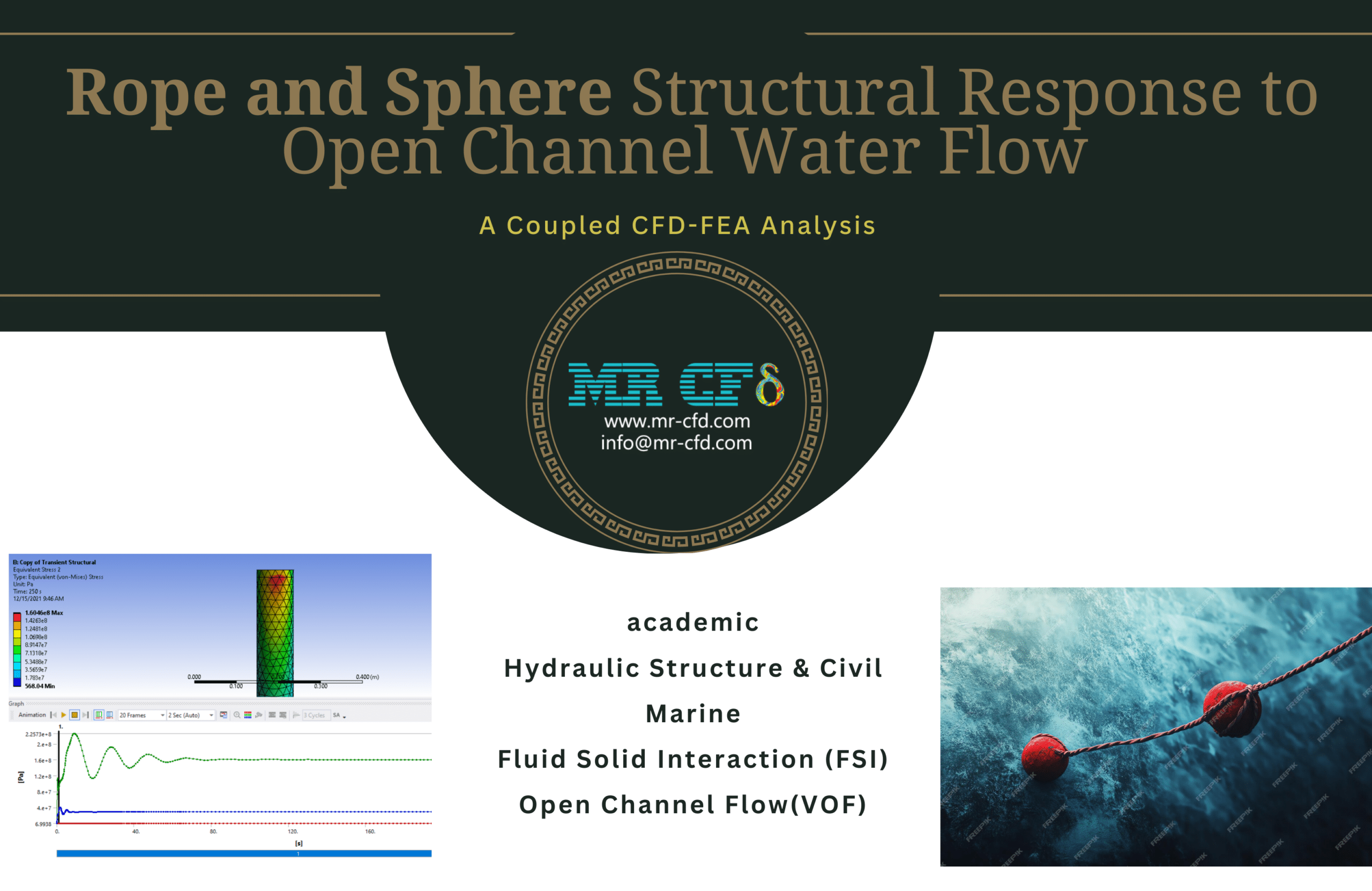
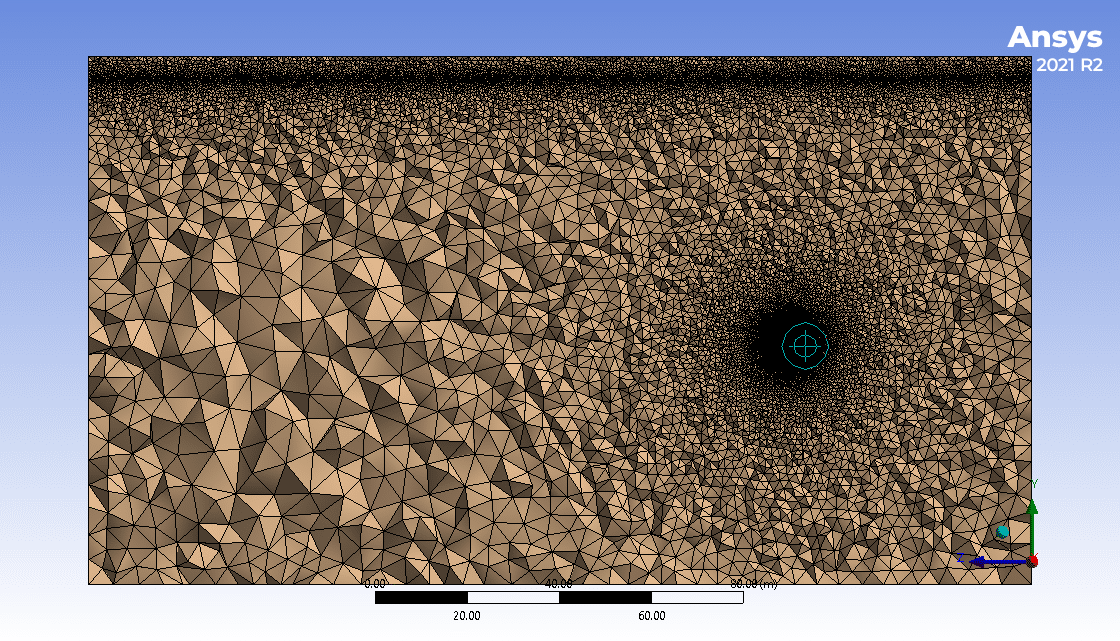
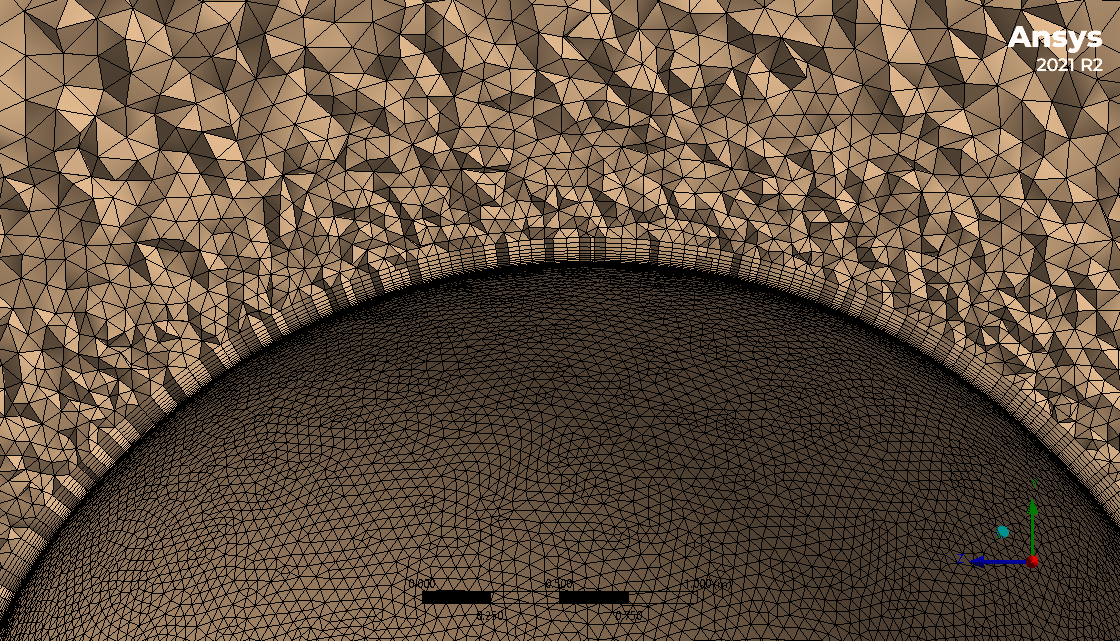
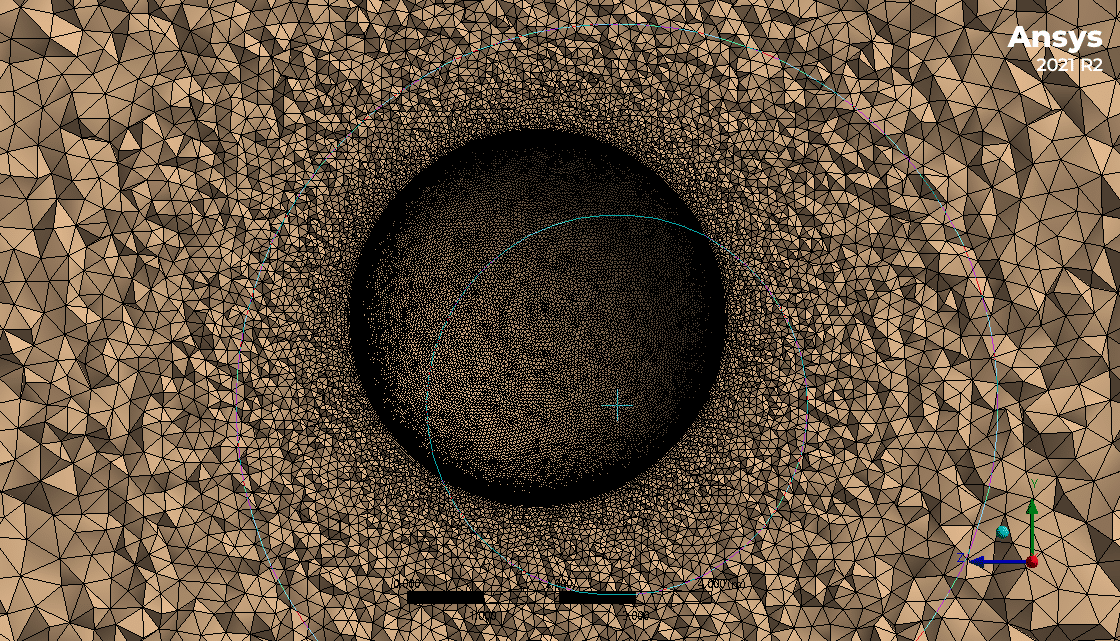


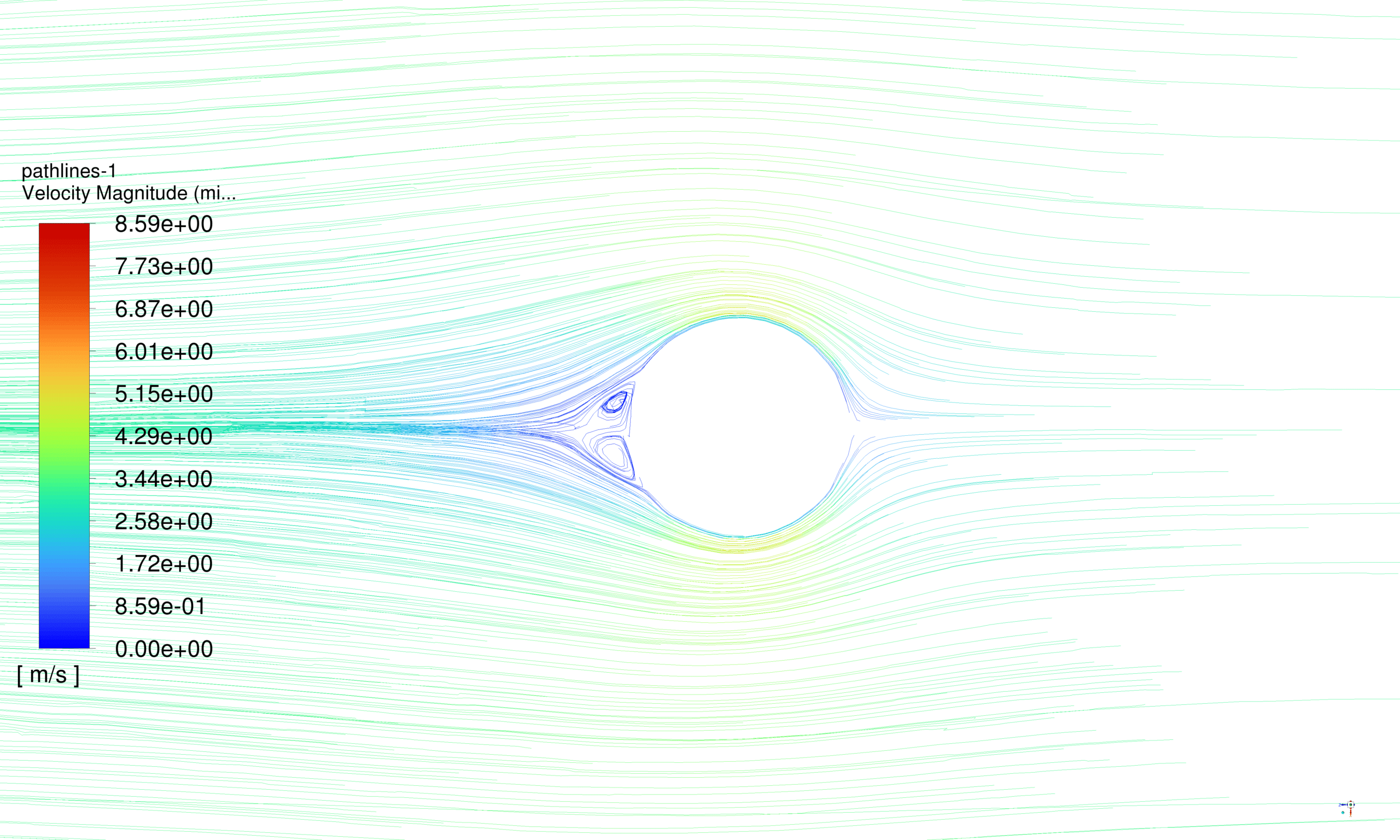
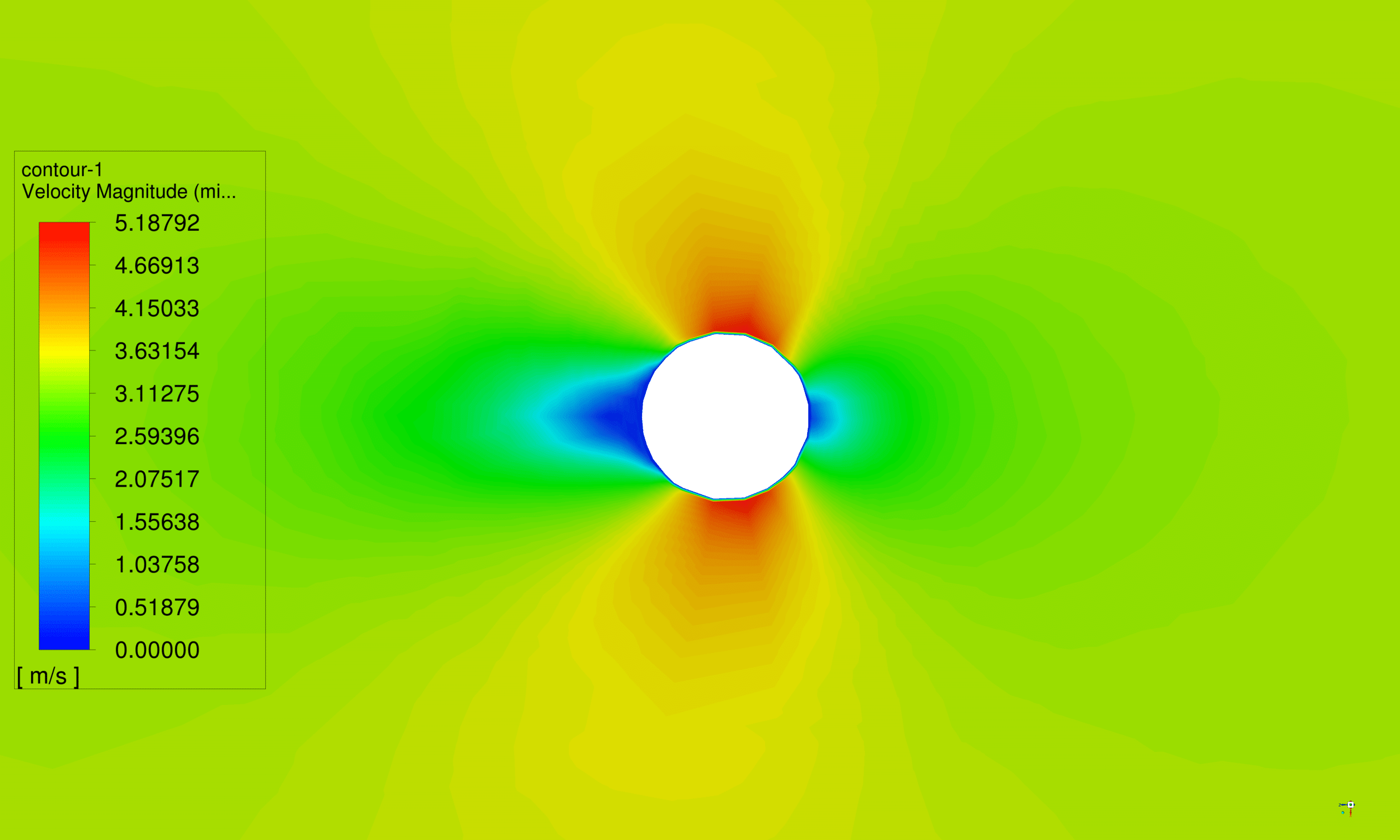
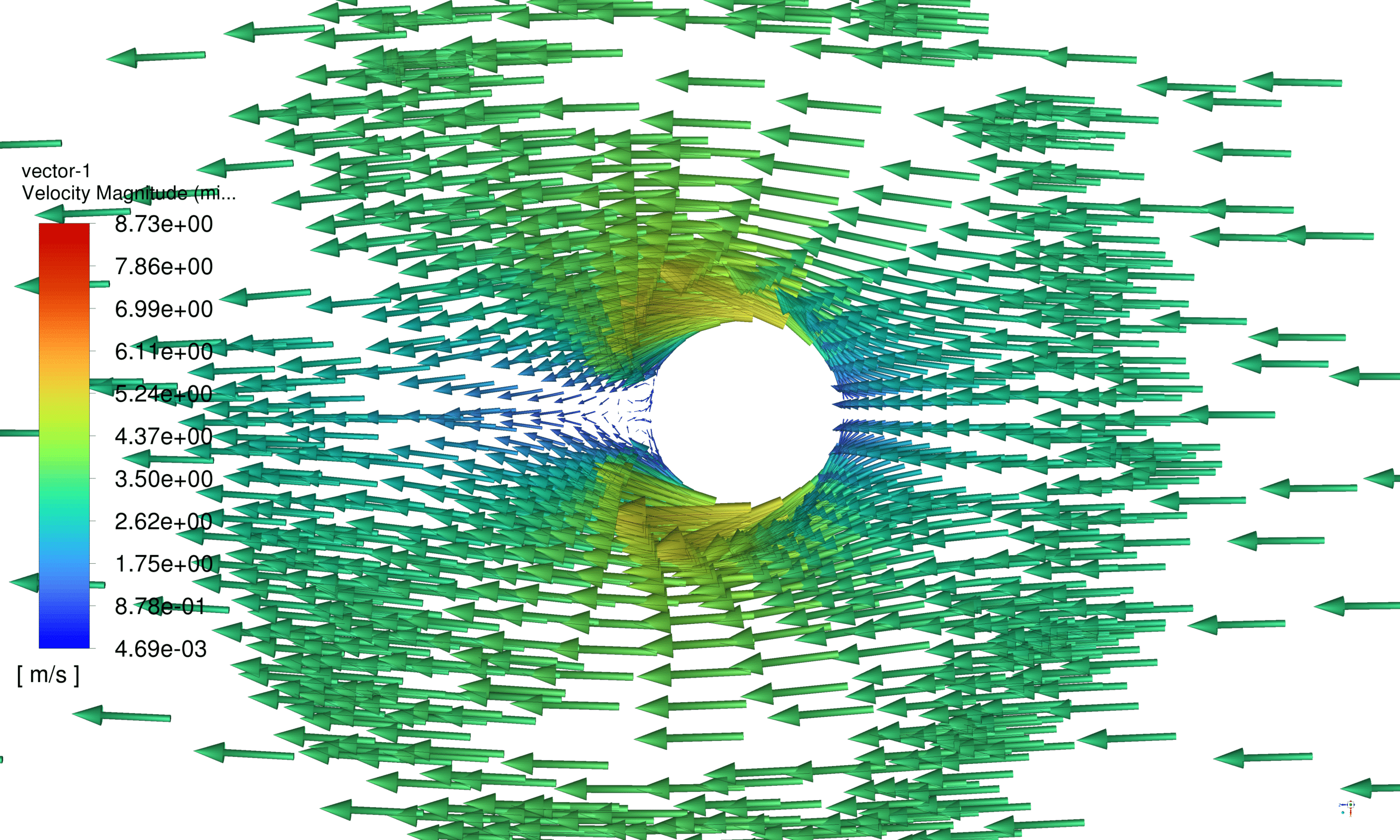
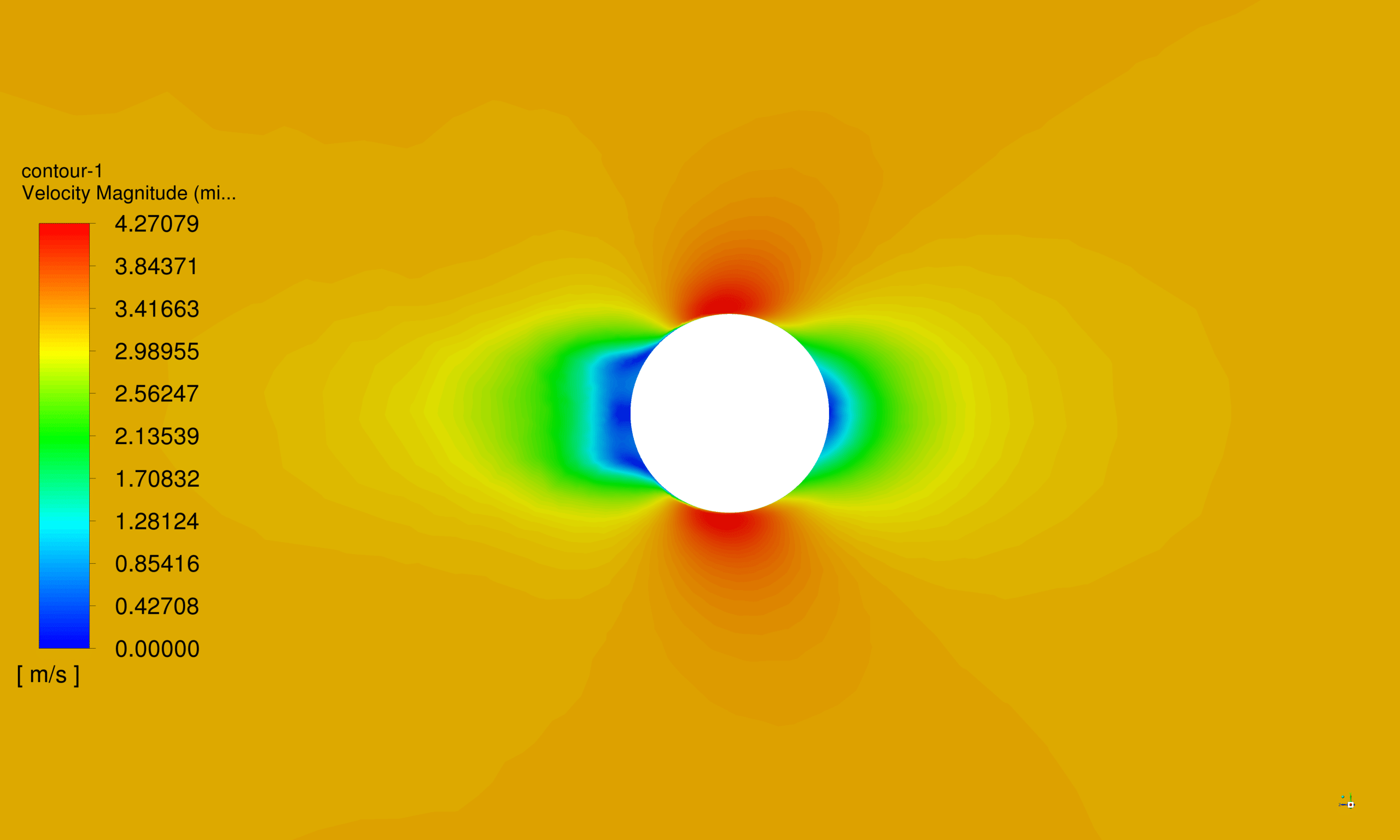
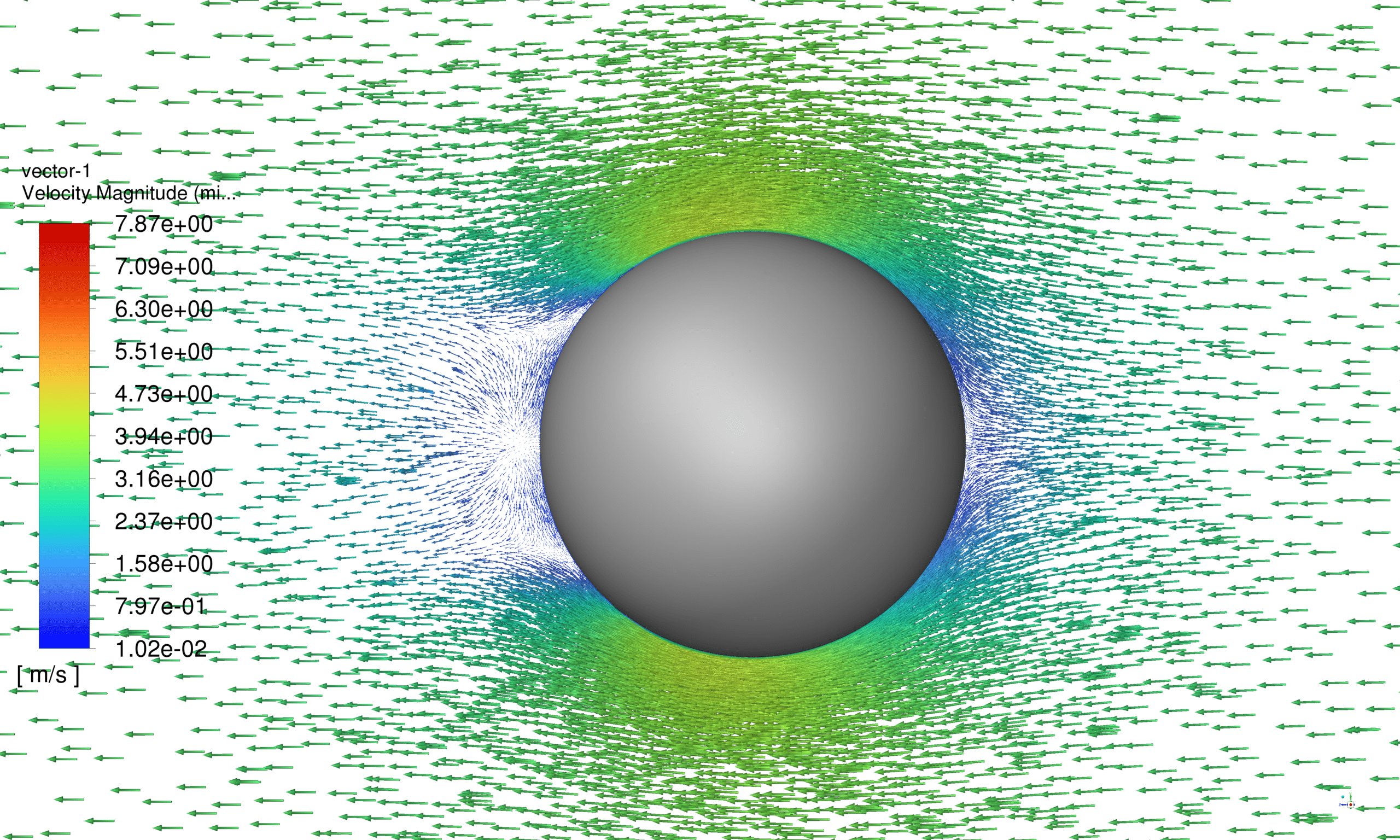
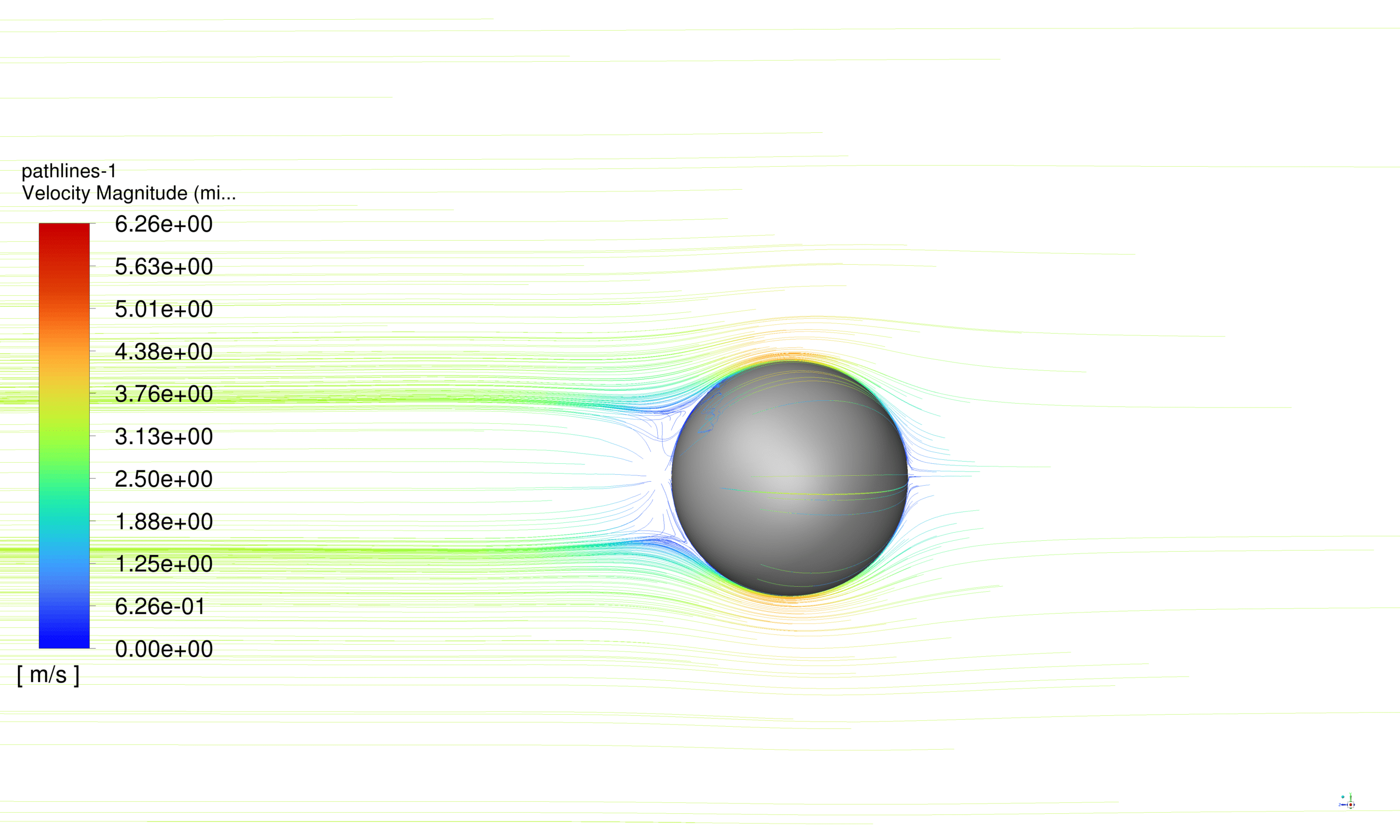
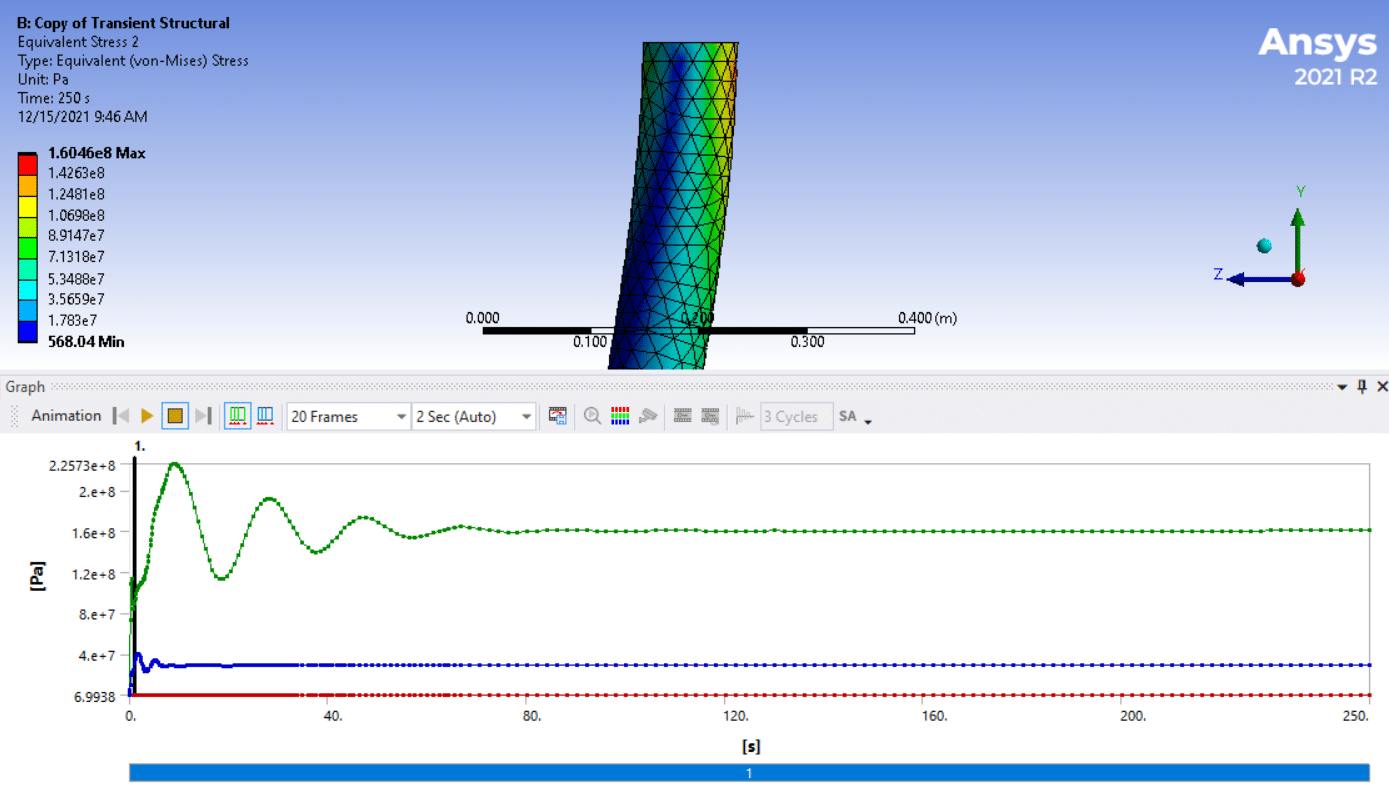
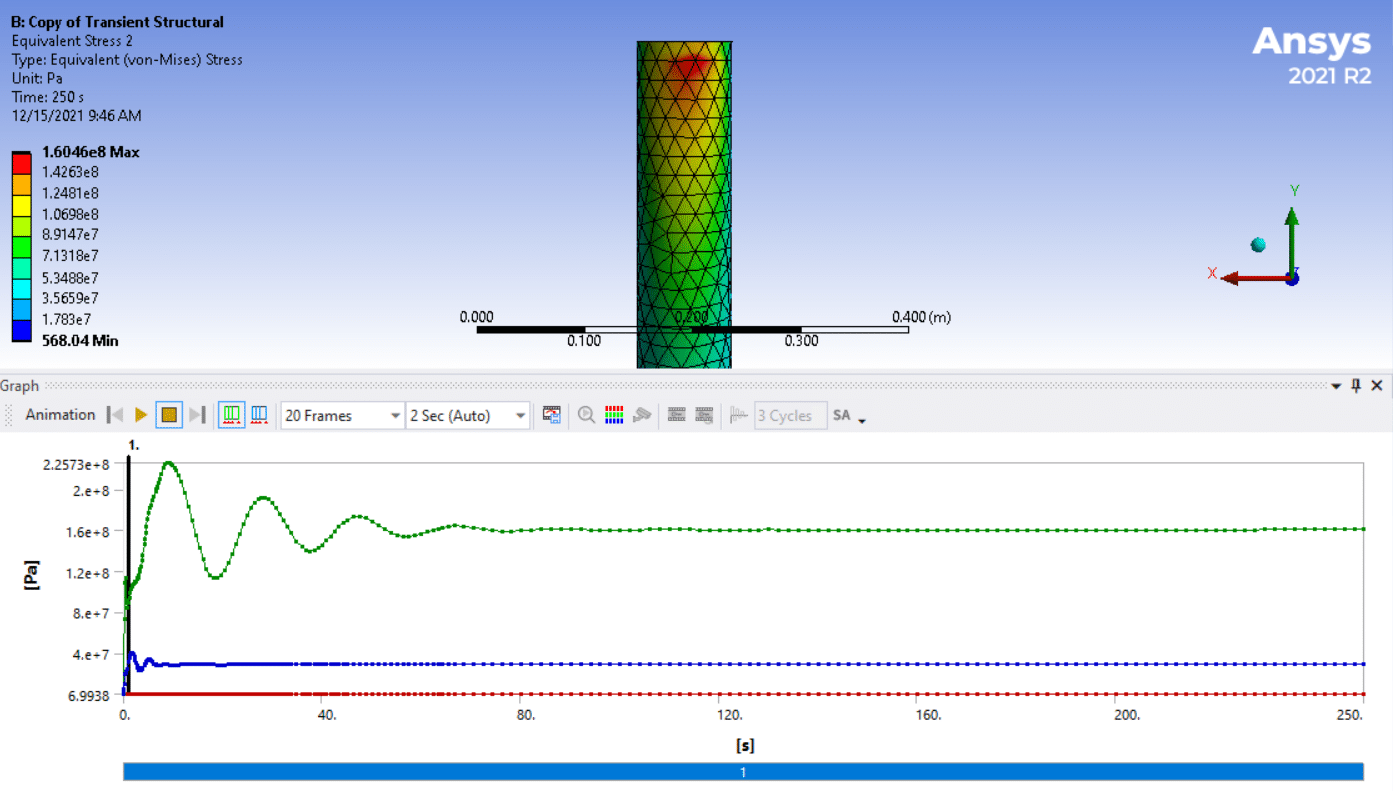
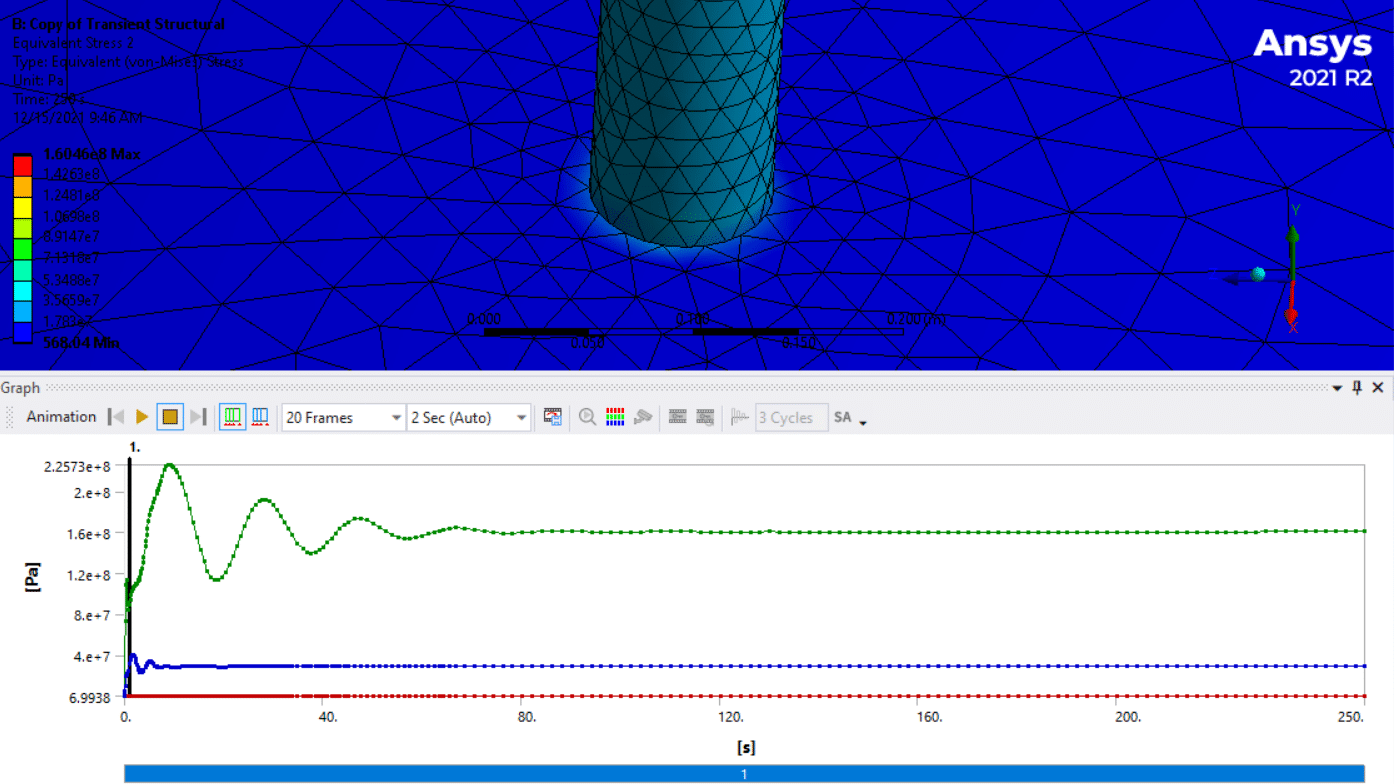
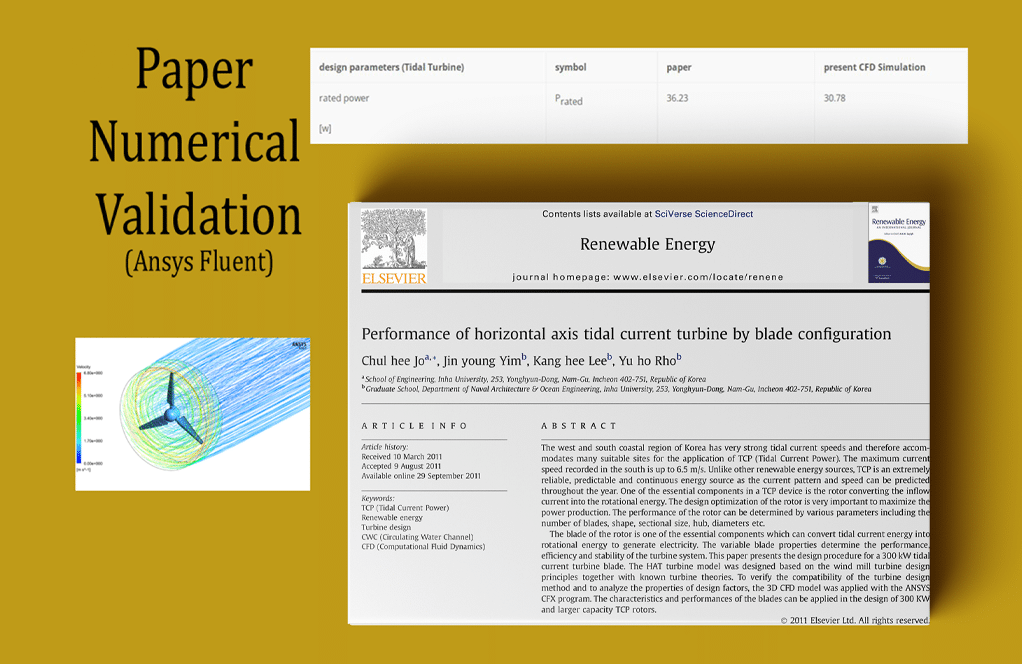
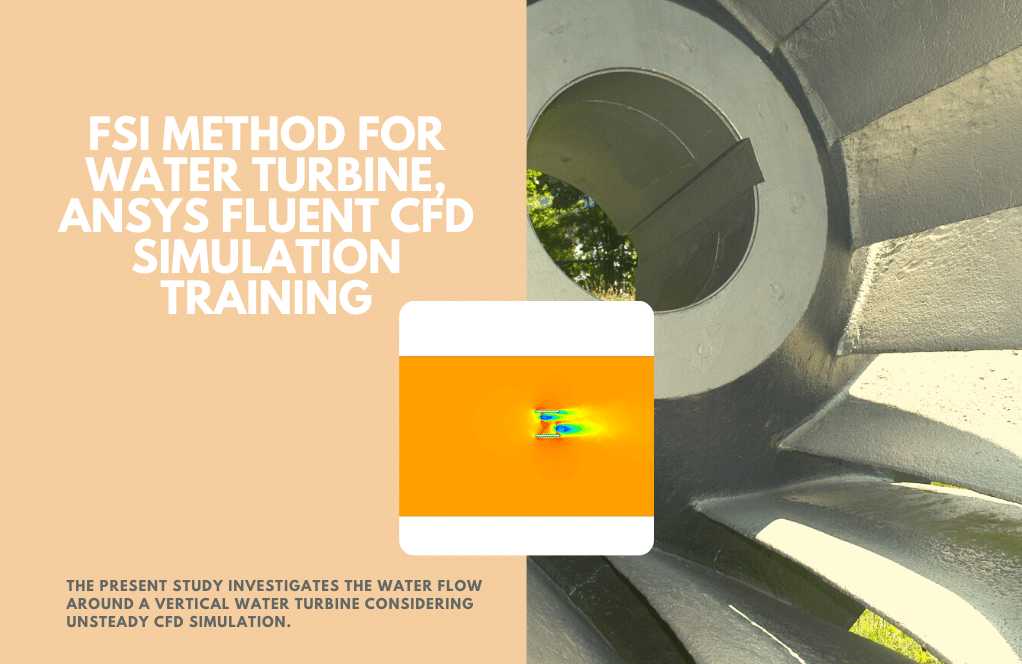
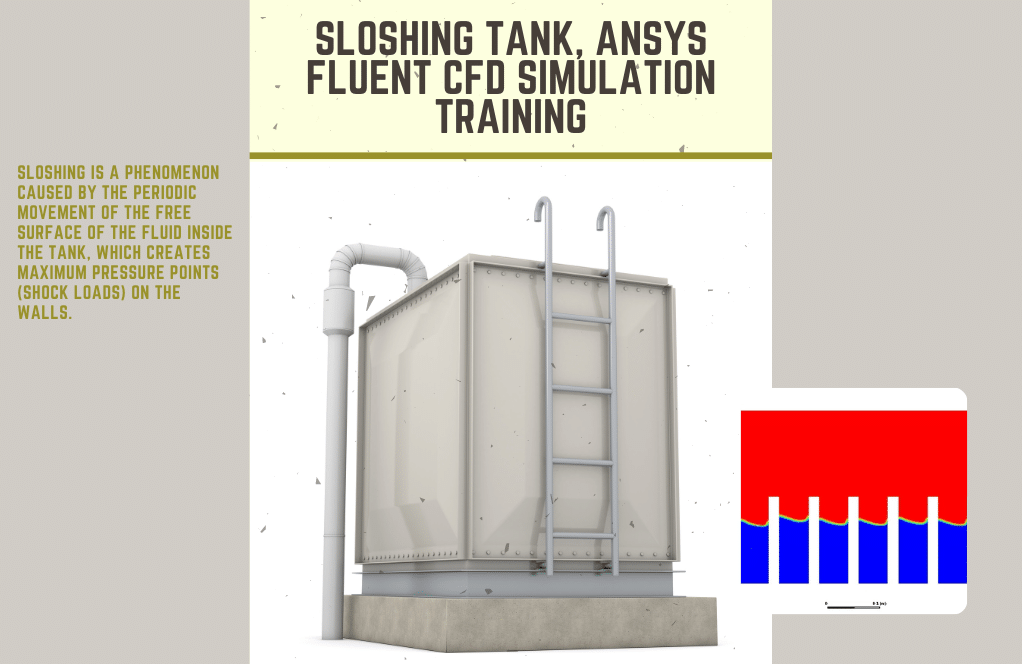
Reviews
There are no reviews yet.